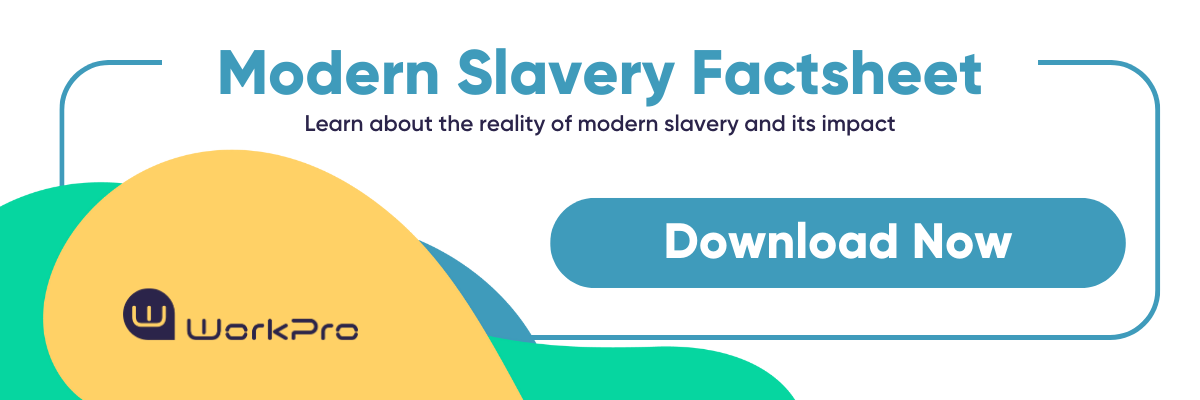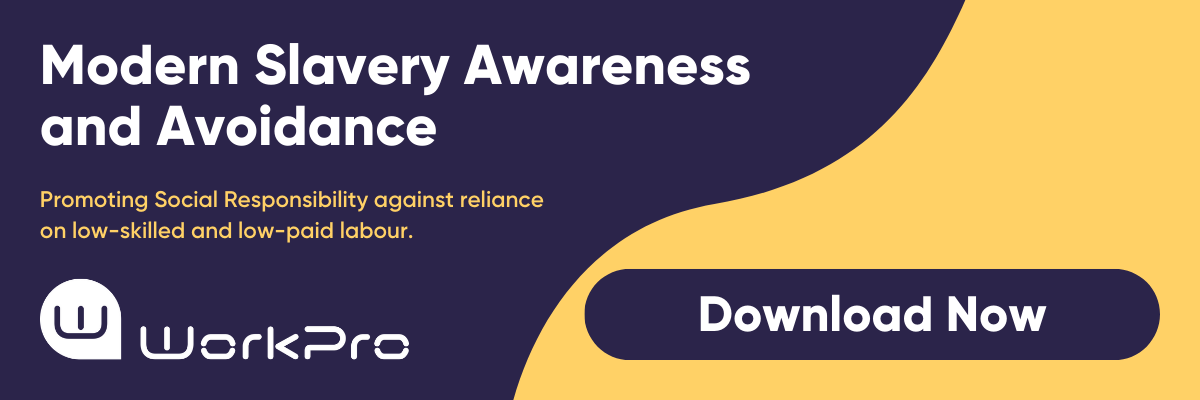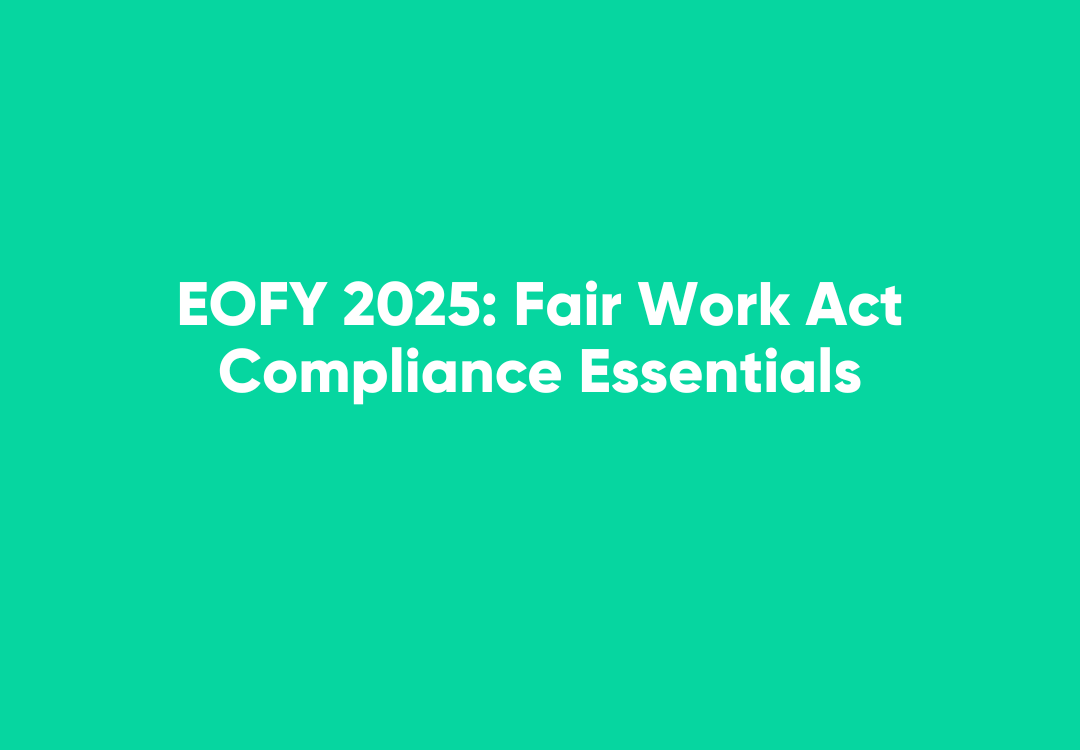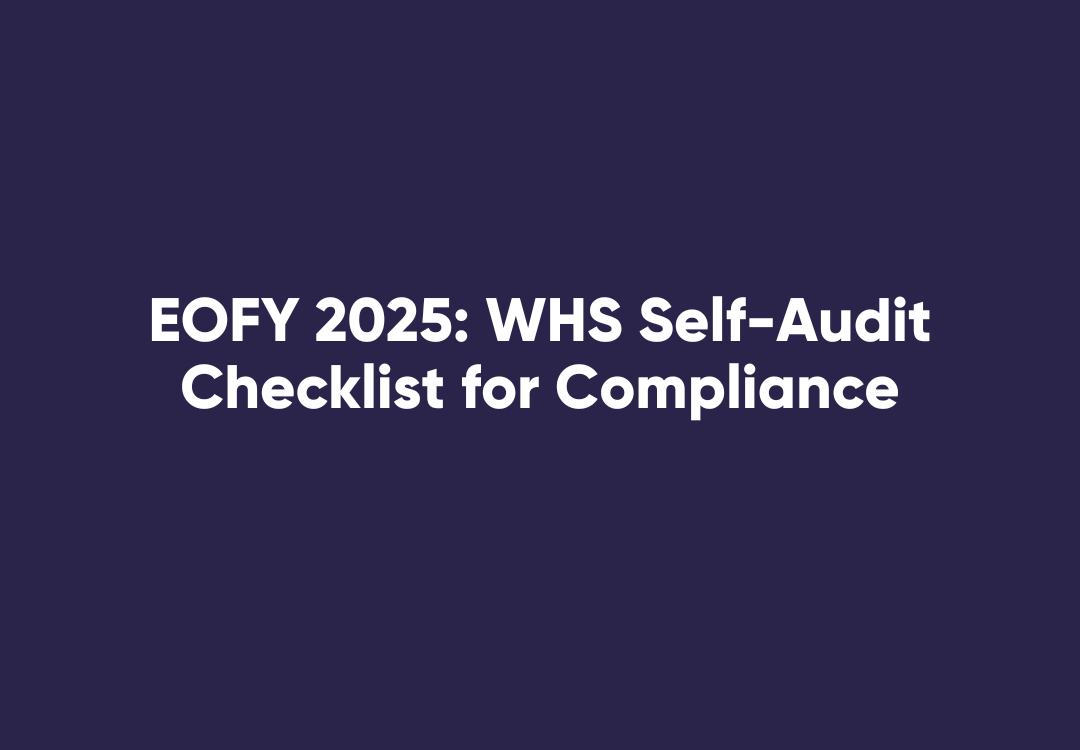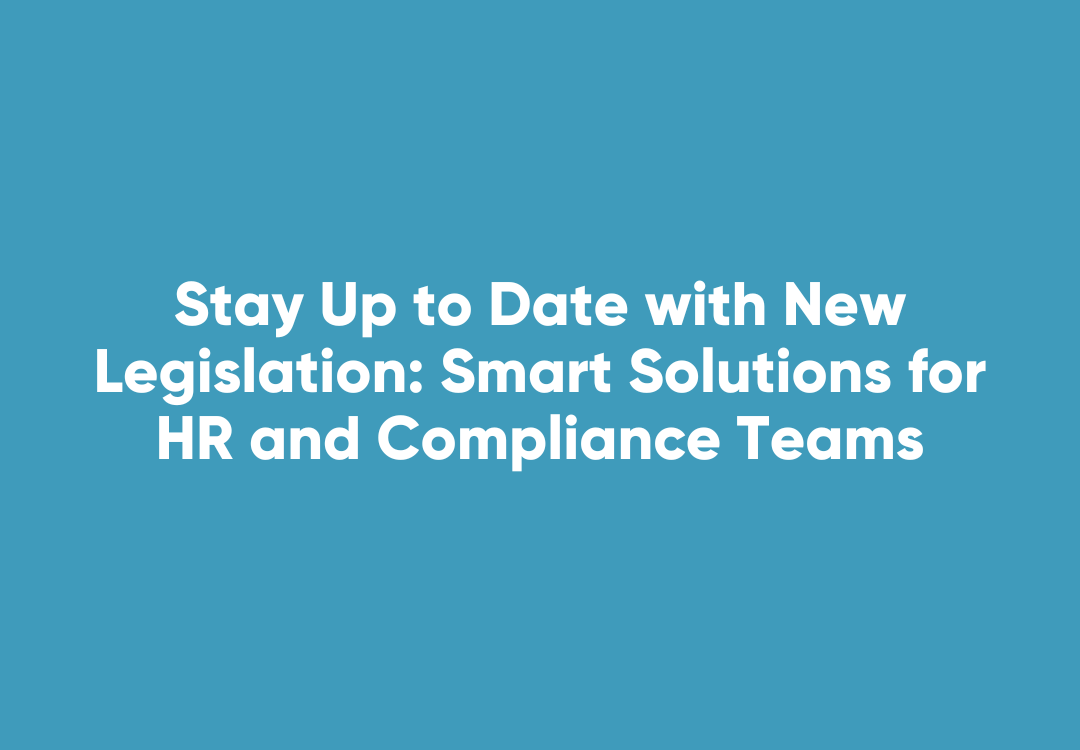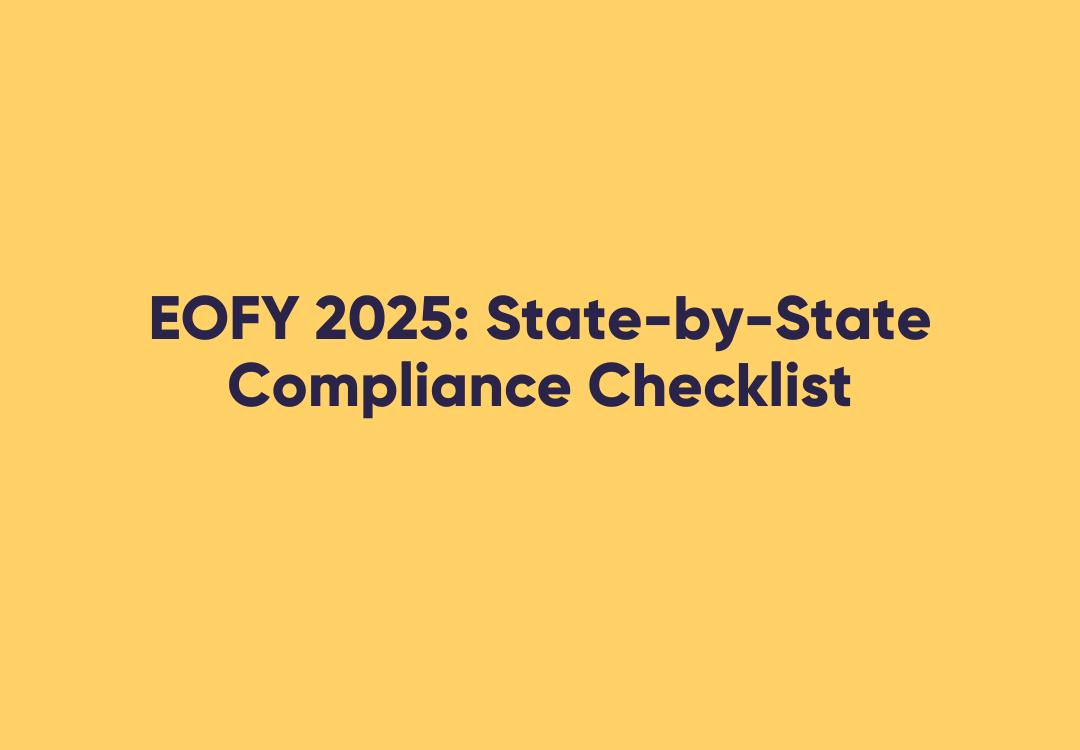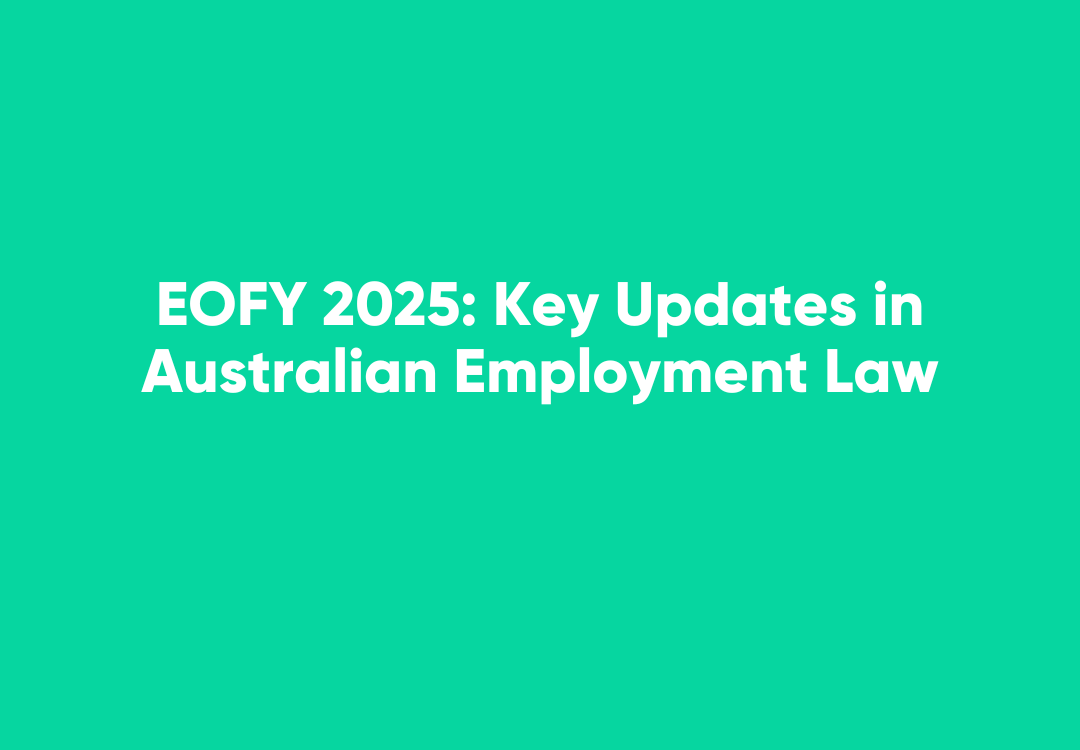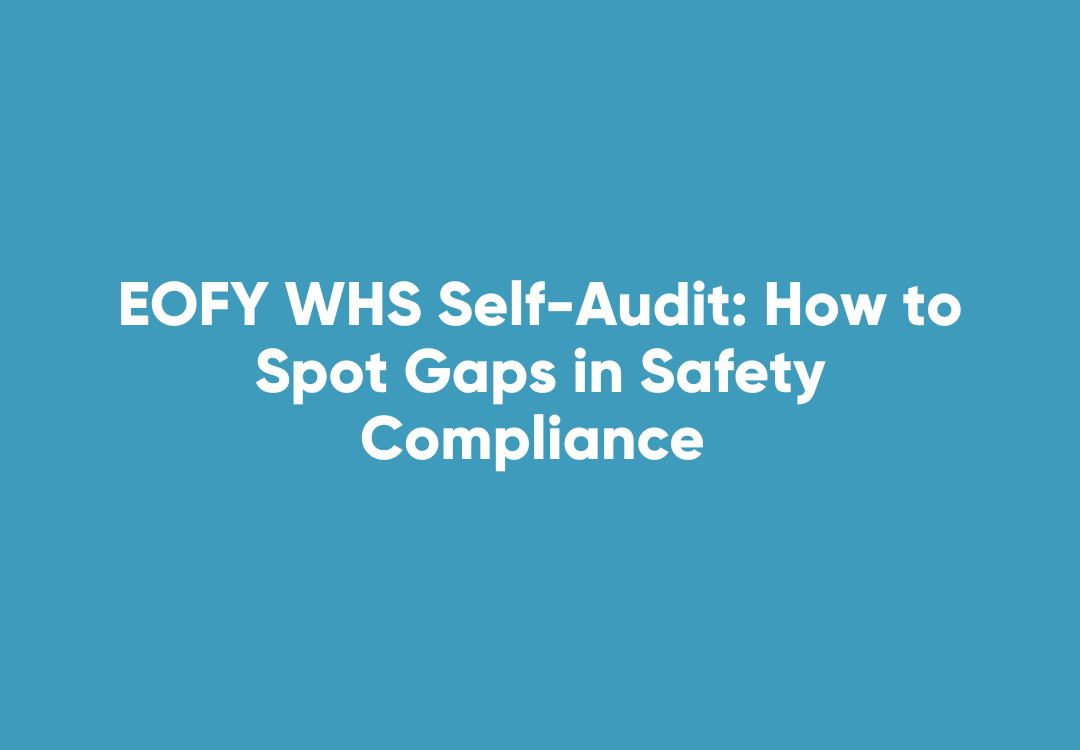Modern Slavery: A Hidden Epidemic and Steps to Help End It
Modern Slavery is a pervasive issue yet a covert oppressor that affects many regions in the world.
Australia is not exempt, with the Modern Slavery Act introduced in 2018 driven by human rights concerns, the increased reliance on global supply chains, reputation and ethical considerations, and the introduction by global political leaders of international standards.
To help us understand the prevalence of modern slavery in Australia, let’s look at some more recent examples:
- In 2017, a retail chain was found to be using forced labour in its supply chain. The company was accused of exploiting workers from India and Pakistan by paying them below minimum wage and forcing them to work long hours in poor conditions. Although the company has since taken steps to improve its supply chain, the case highlighted the vulnerability of workers in Australia's supply chains.
- In 2018, the Australian Federal Police (AFP) raided the Melbourne home of a couple who had been keeping a woman in forced labour for nearly nine years. The woman, who was from India, was allegedly forced to work long hours for little pay and was not allowed to leave the house. The couple was eventually convicted and sentenced to jail.
- In 2019 and 2020, it was revealed that some Australian education institutions were employing forced labour to acquire services. The workers, who were from China, Thailand, and Vietnam, were allegedly paid below minimum wage and forced to work long hours in dangerous conditions. Although those institutions have taken steps to improve their practices, the cases highlighted the need for closer inspection of project processes.
- In 2021, it was revealed that some Australian companies were using forced labour in their garment supply chains. The workers, who were from Bangladesh and Cambodia, were allegedly paid below minimum wage and forced to work long hours in dangerous conditions. The companies have since taken steps to improve their practices, but the case highlighted the need for greater scrutiny of the supply chains of Australian businesses
There are several reasons why modern slavery is often an "under the radar" issue in Australia. For one, it can be difficult to identify victims who may be afraid to come forward due to fear of retaliation or lack of awareness of their rights. Additionally, modern slavery can be difficult to prove and prosecute, even when evidence is available.
Companies in Australia can inadvertently contribute to modern slavery in several ways, such as sourcing products or services from suppliers who use forced labour or other forms of modern slavery, or failing to conduct due diligence on their suppliers to ensure that they are not using forced labour or other forms of modern slavery.
Businesses can take several steps to avoid contributing to this practice, such as conducting due diligence on their suppliers, introducing an anti-slavery policy, working with suppliers to improve working conditions and ensure they are not using forced labour, and reporting on progress transparently.
Here are some additional resources that companies can use to learn more about modern slavery and how to eliminate it from their supply chains:
- The Modern Slavery Act 2018
- The Australian Human Rights Commission's Modern Slavery Statement
- The Walk Free Foundation's Global Slavery Index
- The Business & Human Rights Resource Centre's Modern Slavery Resource Centre
Every business has a responsibility to raise awareness, strengthen laws, and support victims of modern slavery. WorkPro's free resource, "Modern Slavery: Awareness and Avoidance" offers valuable insights into the issue, legal and ethical considerations, risks, and reporting requirements to collectively tackle this problem in the modern corporate landscape.
Together, let's raise awareness and work towards eradicating this persistent issue globally.


